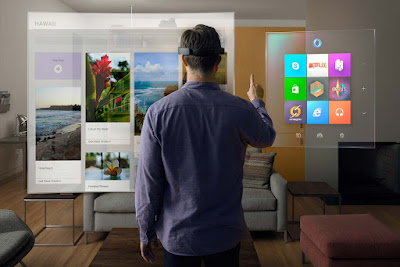Algorithmic efficiency in computer scicne is defended by Wikipedia as the properties of an algorithm which relate to the amount of computational resources used by the algorithm.
So as the definition suggest , algorithmic efficiency is looking at the software in terms of how it's using all the resources available.Is it using all the memory for nothing ? Is it doing processes that are extra load ?
Algorithmic efficiency relationships
General: An algorithm that works with more than one similar problem so it's not only limited to solving only one.
Concise: An algorithm that doesn't repeat itself without any reason or a one that uses every method for a reason.
Expandable: An algorithm that can be improved up on and updated throughout time so it should be understandable for other developers too.
Algorithmic efficiency is something that has been introduced into computer science since the it's early days and it has been with it since then because it's such an essential element for developing a useful and efficient program
References:
1-https://en.m.wikipedia.org/wiki/Algorithmic_efficiency
2-https://apelbaum.files.wordpress.com/2011/10/yaacovapelbaumbigoplot.jpg





















